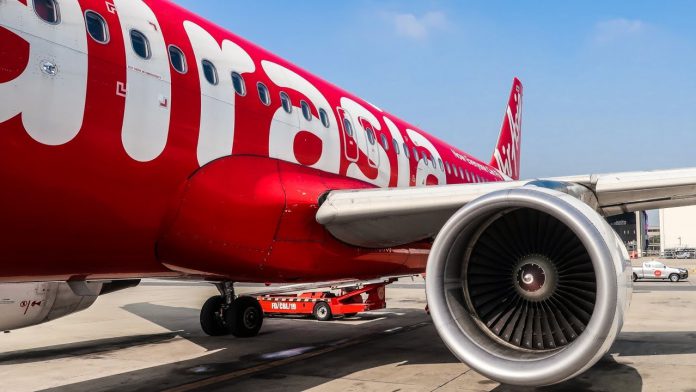KUALA LUMPUR, 30 August 2023: AirAsia X reported its financial results for the Second Quarter of 2023 ended 30 June 2023, earlier this week saying it posted a net profit of MYR5.5 million for the quarter.
It represents a return to net profit and turnaround when compared with the net loss of MYR652.5 million during the same quarter last year.
In 2Q23, the company registered revenue of MYR512.9 million, over four times higher year-on-year, driven by a recovery of scheduled flight operations as more aircraft were redeployed as of 30 June 2023.
The airline had 11 aircraft activated, compared to five aircraft during the same period last year. Overall, this quarter’s turnover marks a recovery rate of over 50% compared to the performance in 2019.
Compared to the same period last year, the earnings increase was primarily attributable to the surge in seat capacity, which grew by over 26 times YoY to 818,422 seats flown as more aircraft were operational, and the airline’s network was optimised. During the quarter under review, the company carried 621,984 passengers, delivering a surge of 70 times YoY, consequently posting a healthy passenger load factor (“PLF”) of 76%, which is 47 percentage points higher than the 29% PLF reported for the corresponding quarter ended 30 June 2022.
As seat capacity grew along with the recovery of the company’s network, Available Seat Kilometres (“ASK”) was recorded 25 times higher YoY, standing at 3,509 million, with a recovery rate of 42% against the corresponding period in 2019.
In 2Q23, AirAsia X continued to advance its network recovery strategy, launching flights to Bangkok, Beijing and the Gold Coast, on top of establishing increased frequencies of up to seven times weekly to Sydney, between Sydney and Auckland, to Melbourne as well as to Osaka to meet the significant demand for these sectors. Compared to the same period last year, the number of sectors flown has increased by over 27 times from 81 sectors to 2,234 sectors as of 30 June 2023.
As passenger traffic on China routes continues its gradual recovery, the company is ramping up operations on routes to China.
In terms of costs, the company’s cost per available seat kilometres (“CASK”) has normalised compared to the preceding year, standing at 11.75 ‘sen’ in 2Q23. Compared to the preceding quarter, CASK has increased, driven by higher maintenance costs due to increased utilisation-driven maintenance cost components. Revenue per Available Seat Kilometres (“RASK”) recorded 14.61 ‘sen’ as the average base fare rationalised to MYR533 this quarter on the back of an increase in ASK capacity, in addition to second quarters in calendar years typically delivering softer earnings due to seasonality, requiring a targeted sales and dedicated pricing strategy.
AirAsia X Thailand reported overall revenue of MYR351.9 million, five times higher than the same period last year and demonstrated a strong recovery of over 90% from 2019. In 2Q23, TAAX had posted a net operating profit of MYR33.5 million as the airline recovered. However, driven by unrealised foreign exchange losses, TAAX reported a net loss of MYR73.6 million. That being said, its operational metrics were robust; in 2Q23, TAAX carried 311,337 passengers, up by 28 times YoY, while ASK capacity grew by 44 times YoY to 1,805 million on the back of a ramp-up of TAAX’s scheduled flight operations. During the quarter under review, TAAX launched flights to Shanghai and increased Tokyo flights to 14 times weekly.
AirAsia X CEO Benyamin Ismail said, “We continue to focus on our consolidated growth strategy to build yield and enhance the recovery of our network capacity gradually in line with demand in our core markets as our first priority. Our revised business plan continues to highlight improvements across all key metrics. In the last 12 months, we have been prudent by reinstating services from initially two destinations and three times weekly flights. Comparatively, we now have 18 destinations with 96 weekly flights, and this exponential growth is expected to grow further as more aircraft are brought to service and connectivity with FlyThru will be further amplified.”






